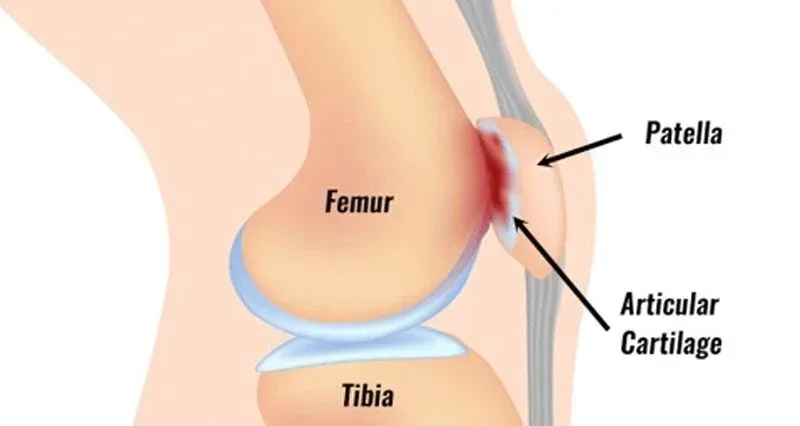Patellofemoral Pain Syndrome, also known as Runner’s Knee, is a common condition that causes pain around the kneecap. It often affects runners, but can also occur in other athletes and individuals who put a lot of stress on their knees. The pain is usually felt at the front of the knee and may worsen when walking up or down stairs, squatting, or sitting with bent knees for long periods.
Causes of Patellofemoral Pain Syndrome
Several factors can contribute to the development of Patellofemoral Pain Syndrome, including:
- Overuse or overloading of the knee joint
- Weakness in the muscles around the hip and knee
- Tightness in the muscles and tendons surrounding the knee
- Improper footwear or training techniques
- Structural abnormalities in the knee joint
Symptoms of Patellofemoral Pain Syndrome
The main symptom of Patellofemoral Pain Syndrome is a dull, aching pain at the front of the knee, around or behind the kneecap. Other symptoms may include:
- Pain that worsens with activity or when sitting for long periods
- Crackling or popping sounds in the knee
- Swelling or tenderness around the kneecap
- A feeling of weakness or instability in the knee
Treatment for Patellofemoral Pain Syndrome
Treatment for Patellofemoral Pain Syndrome typically involves a combination of rest, ice, and physical therapy. Specific treatment options may include:
- Reducing or modifying activities that cause pain
- Applying ice to the affected area for 15-20 minutes several times a day
- Stretching and strengthening exercises for the muscles around the hip and knee
- Using supportive braces or tape to help align the kneecap
- Wearing proper footwear and using orthotics if necessary
Prevention of Patellofemoral Pain Syndrome
To help prevent Patellofemoral Pain Syndrome, it’s important to:
- Maintain a healthy weight to reduce stress on the knees
- Wear proper footwear and replace shoes regularly
- Use proper training techniques and avoid overloading the knees
- Stretch and strengthen the muscles around the hip and knee
- Gradually increase the intensity and duration of physical activities
If you experience persistent knee pain or symptoms of Patellofemoral Pain Syndrome, it’s important to consult a healthcare professional for an accurate diagnosis and appropriate treatment plan.
